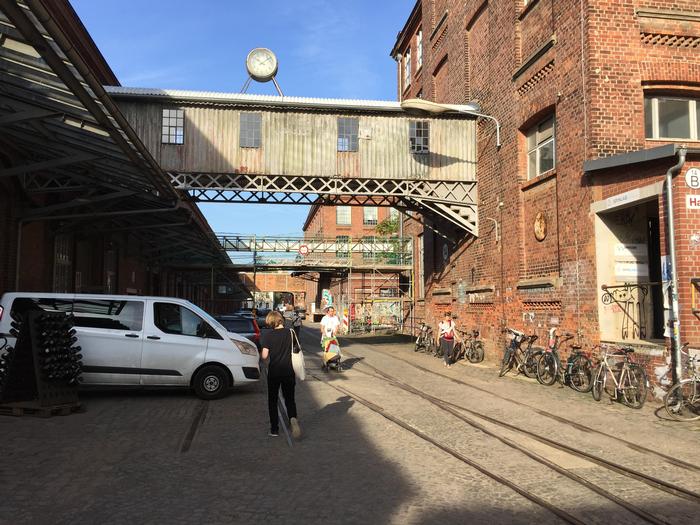Theodor Reinhardt ProposalRedesigning Leipzig - How Urban Actions Solve Social IssuesAfter Germany’s reunification in 1990, people in Eastern Germany experienced radical changes. While the fall of the autocratic socialist regime opened up borders and brought many freedoms into the country, the inefficient economy of the region collapsed, bringing devastation and stagnation. In Leipzig, one of the most populous and economically important cities in Eastern Germany, the manufacturing and other industries collapsed almost completely. Shortly, thousands of people lost their jobs and were forced to move to find a job elsewhere. The following period of tremendous unemployment and decreasing population created many social issues, such as poverty on the one hand and urban stagnation on the other hand. Shut—down factories and abandoned houses brought massive disruption into neighbourhoods all around the city. In the following years, to fight the stagnation, many initiatives were put forward to attract young people to the city. An old abandoned cotton mill in the west of Leipzig was a wasteland after the economic breakdown. In the last years, however, it underwent rapid change, when investors converted disused factory halls into loft-style ateliers. As it was affordable, many young artists, looking for creative spaces, settled in the former cotton mill, creating a new centre of contemporary local and even world-famous art. It soon became one of the most striving and attractive hotspots in the city, acting as a magnet for many more artists. The University of Leipzig was also badly in need of modernization. The university campus in the heart of the city was in bad condition and radical reconstruction had to be undertaken. The new main building, following the shapes of the formerly destroyed University Church, was erected and soon became the most significant piece of contemporary architecture in town. Together with affordable housing, it became attractive to students from all around the country, so that thousands flock to it every year. Combined with other initiatives, those projects helped the city to get a second chance. Despite the fact that many other regions in Eastern Germany are still struggling to fight decreasing numbers and aging of the population as well as consequent economic problems, Leipzig is one of the fastest growing cities in Germany today. It was able not just to stop the stagnation and emigration, but even to initiate an economic and demographic boom. This was made possible by reorganising existing structures and creating new urban environments, which made people stay and not give up the local community. Thus, the social art of architecture is to make a difference for the people around, to set up or to keep up an environment worth living in. In my research, I want to investigate how we can make an impact on the surrounding urban environment that would cause positive effect on our local society. Which instruments could be useful? Which concepts should we look at? What techniques should we use? As Leipzig is not the only city facing such troubles, this knowledge could be valuable for many other struggling regions around the world. Additional Help and InformationAre you in need of assistance? Please email info@berkeleyprize.org. |
|


